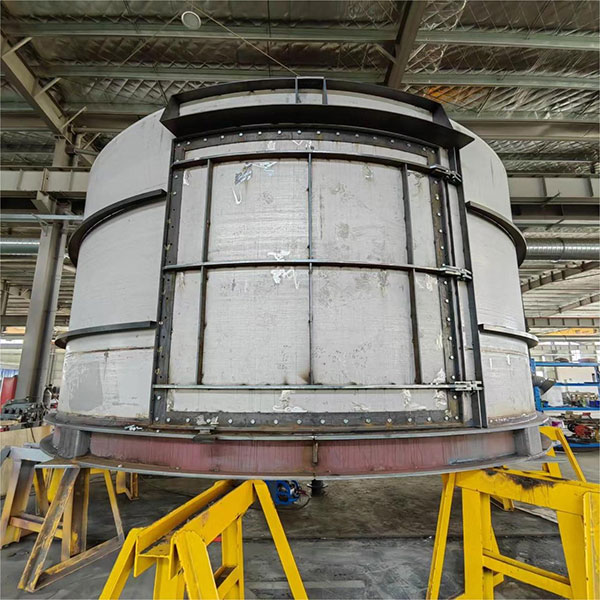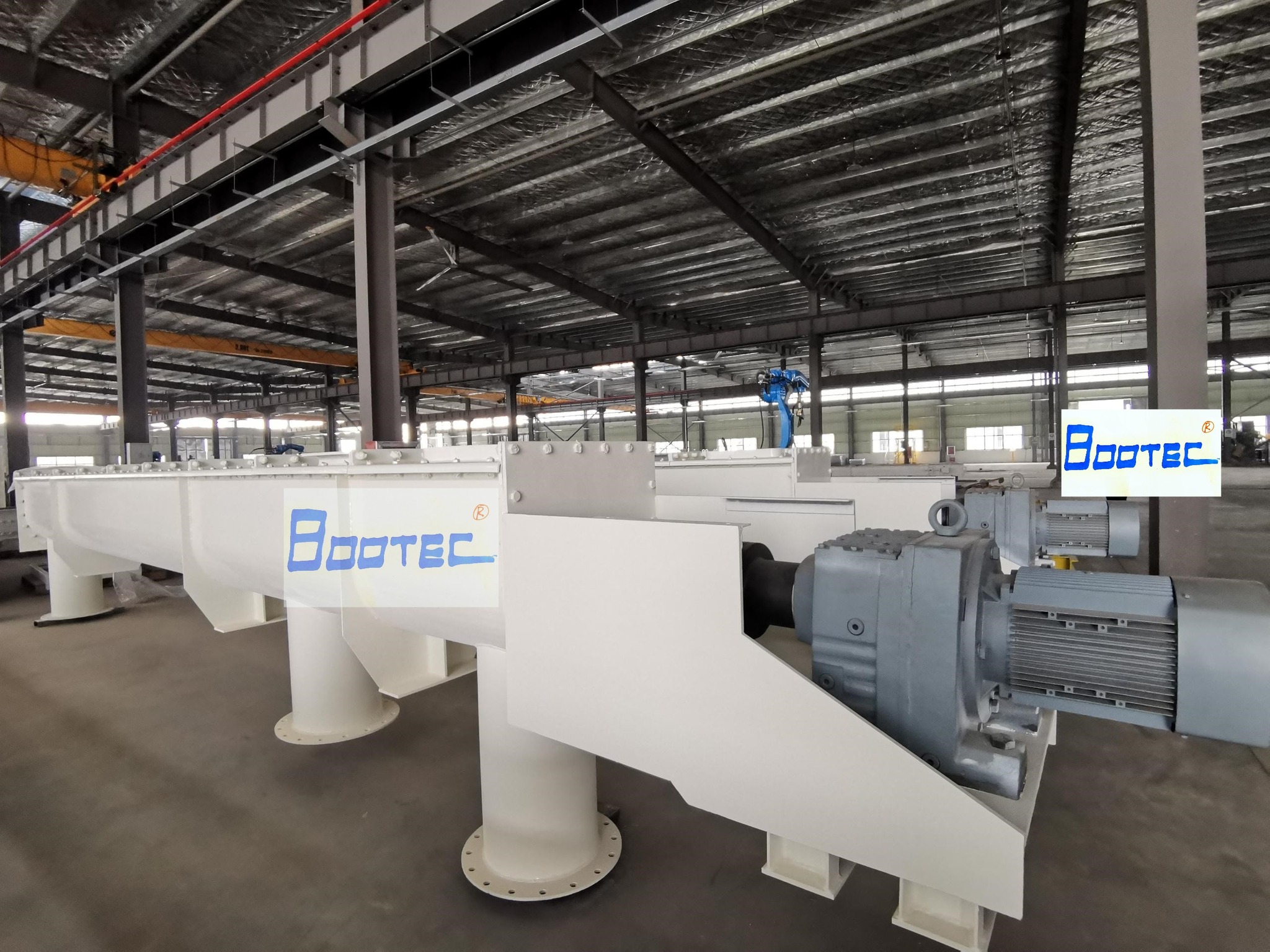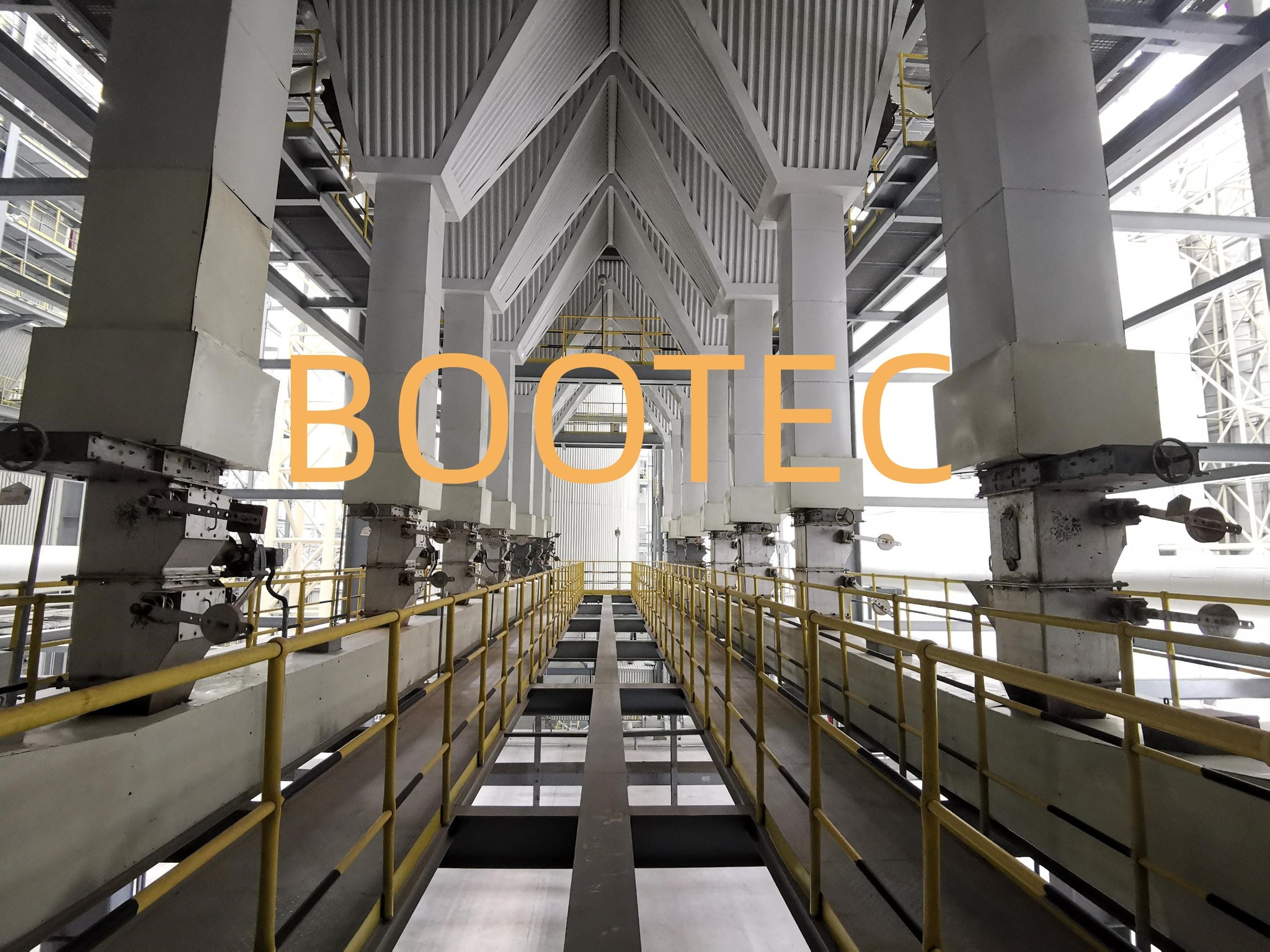
Saturated Lime Solution Holding Tank
Saturated Lime Solution Holding Tank
A Saturated Lime Solution Holding Tank is specifically designed to store lime solution (calcium hydroxide in water) that is used in various industrial applications. This tank is engineered to maintain the stability and quality of the saturated lime solution, prevent settling, and ensure proper delivery for downstream processes.
Key Features of a Saturated Lime Solution Holding Tank
- Material of Construction:
- Typically made from stainless steel, mild steel with epoxy coatings, fiberglass-reinforced plastic (FRP), or HDPE to withstand the highly alkaline nature of the lime solution.
- Internal coatings or linings are essential to prevent corrosion and chemical reaction with the tank material.
- Agitation System:
- Equipped with mechanical agitators or recirculation pumps to prevent settling of lime particles and maintain solution uniformity.
- Agitation speed is carefully controlled to avoid excessive aeration, which may lead to carbonate formation.
- Sloped Bottom Design:
- Tanks are often designed with a sloped or conical bottom to allow easy drainage and cleaning, preventing the accumulation of solids.
- Inlet and Outlet:
- Strategically placed inlet and outlet ports to ensure uniform mixing and ease of solution withdrawal.
- Anti-clogging features in outlets to prevent blockages caused by precipitated lime.
- Ventilation and Sealing:
- Fitted with air vents or pressure-relief valves to avoid pressure build-up.
- Sealed lids to minimize exposure to air and reduce carbonation (conversion of lime to calcium carbonate).
- Level Control:
- Level sensors or gauges to monitor solution levels and prevent overflows or low-level conditions.
- Temperature Control (if required):
- For processes where temperature stability is critical, tanks may be insulated or equipped with heating elements.
Applications
- Water and Wastewater Treatment:
- Storing lime solutions used for pH adjustment, softening, or neutralizing acidic effluents.
- Flue Gas Desulfurization (FGD):
- Holds lime solution for scrubbing sulfur dioxide (SO₂) from exhaust gases in power plants.
- Chemical and Pharmaceutical Industry:
- Storage of lime solution for use in chemical synthesis or pH control processes.
- Food Processing:
- For use in sugar refining or other food-related processes requiring alkaline solutions.
Design Considerations
- Concentration of Lime Solution:
- Ensure the tank is designed to handle the specific concentration (saturated solution or dilute lime water) without precipitation or settling.
- Tank Size:
- Based on the required volume of lime solution for the process.
- Corrosion Resistance:
- Select materials or linings compatible with the high pH of the solution to prevent tank degradation.
- Mixing Efficiency:
- Adequate agitation to prevent lime particles from settling without causing wear on components.
- Environmental Factors:
- Insulation or heating in cold climates to prevent freezing of the solution.
- Maintenance Access:
- Ensure access ports for cleaning and inspection.
Advantages
- Prevention of Settling:
- Agitation ensures a uniform solution, reducing operational issues.
- Durability:
- Corrosion-resistant materials extend the life of the tank.
- Minimized Carbonation:
- Proper sealing and venting reduce the risk of calcium carbonate formation.
- Reliable Supply:
- Level controls and efficient outlets ensure a consistent lime solution feed.
Maintenance Tips
- Periodic Cleaning:
- Prevent scale buildup by regularly cleaning the tank and agitators.
- Inspect Coatings:
- Check for damage to protective linings or coatings and repair as necessary.
- Agitator Maintenance:
- Lubricate and inspect bearings, blades, and motors for wear.
- Monitor Solution Quality:
- Test lime solution periodically to ensure saturation levels are maintained.
- Check for Leaks:
- Inspect seals, joints, and connections for leaks caused by high alkalinity.
Write your message here and send it to us















